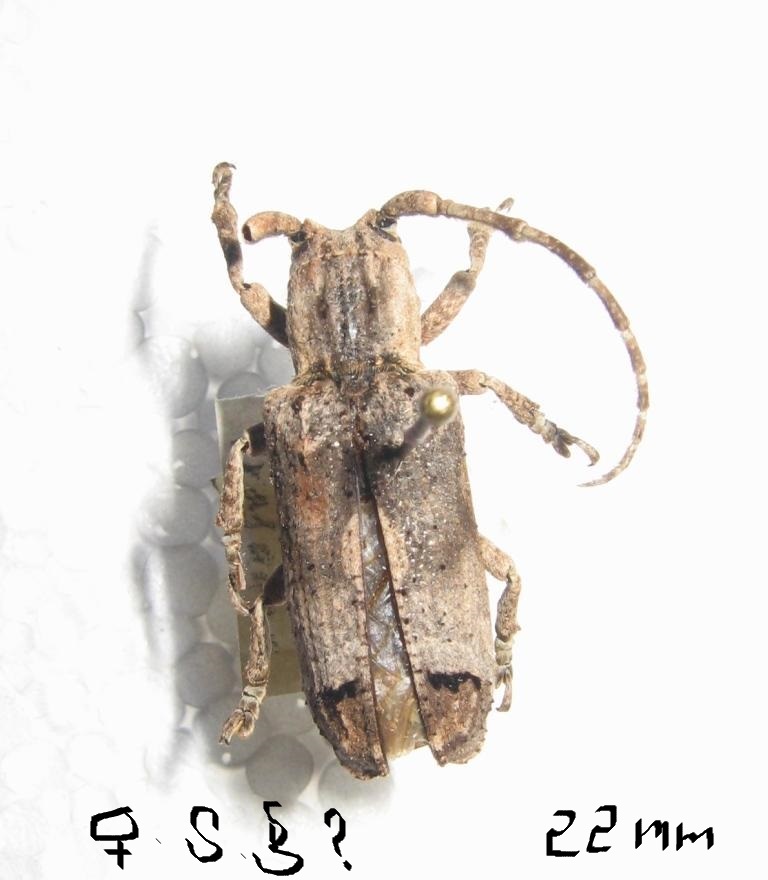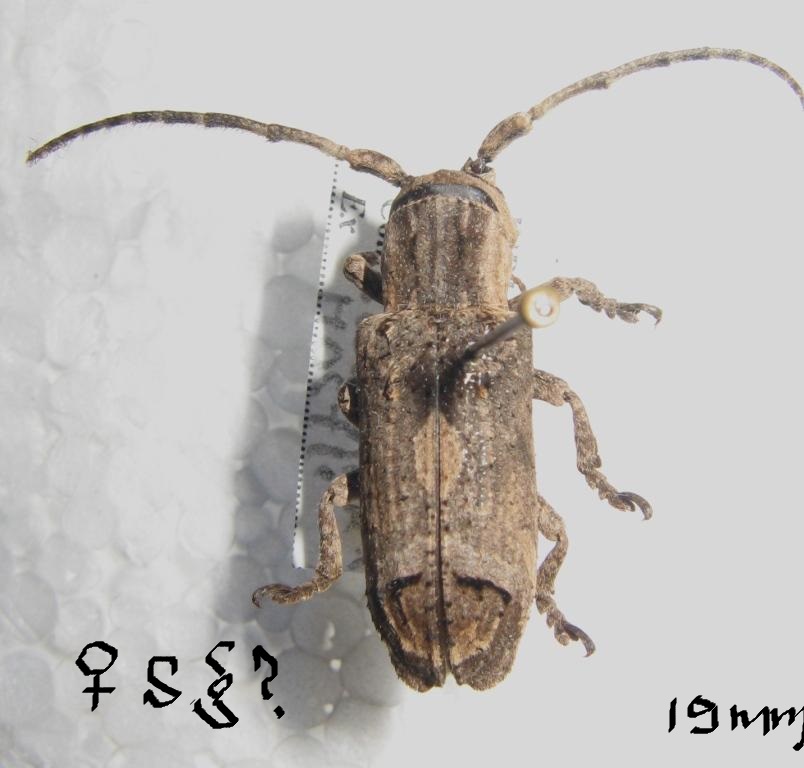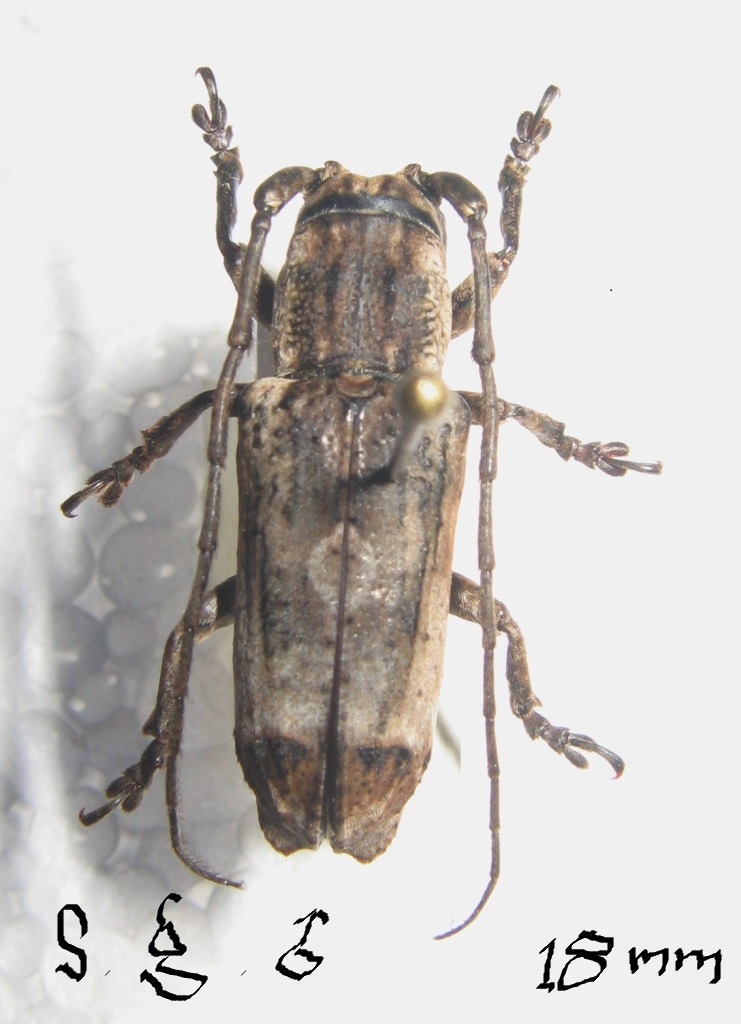| Author |
 Topic Topic  |
|
|
sangamesh
Member Purpuricenus
 
India
426 Posts |
 Posted - 16/03/2015 : 15:05:10 Posted - 16/03/2015 : 15:05:10



|
 
I went through the keys but I find difference among the two females posted here (22 mm and 19 mm): the elytral apices, median spot at suture, basal pattern on elytra, pronotum are little different from s. grisator (18 mm male and female, below).
 
Are these diff or the same S. grisator? |
Edited by - Xavier on 28/01/2016 15:33:42 |
|
|
Xavier
Scientific Collaborator
    
France
12338 Posts |
 Posted - 16/03/2015 : 18:18:19 Posted - 16/03/2015 : 18:18:19



|
Here a link to a picture of S. grisator Fab., but not the type.
It seems the same species than your pictures 3 and 4.
Pattern of 1 & 2 look a little bit different, but the problem is "what is S. grisator Fab. ?? " |
 |
|
|
Francesco
Forum Admin
    
Luxembourg
9511 Posts |
 Posted - 16/03/2015 : 19:29:15 Posted - 16/03/2015 : 19:29:15




|
In my opinion, beetles imitating barks show a morphological variability of body structures much greater than ones imitating other insects (e.g. Clytini) or having aposematic (=warning) coloration (e.g. Trachyderini, Pyresthini).
In other words, the same species may show different structures, while different species might have converging coloration. |
 |
|
|
Xaurus
Member Rosenbergia
   
Germany
1964 Posts |
 Posted - 17/03/2015 : 00:00:11 Posted - 17/03/2015 : 00:00:11



|
Actually, these spms are known under S. grisator indeed.
I believe that nobody has already seen the type in Copenhagen. A picture is very welcome.
|
 |
|
| |
 Topic Topic  |
|


